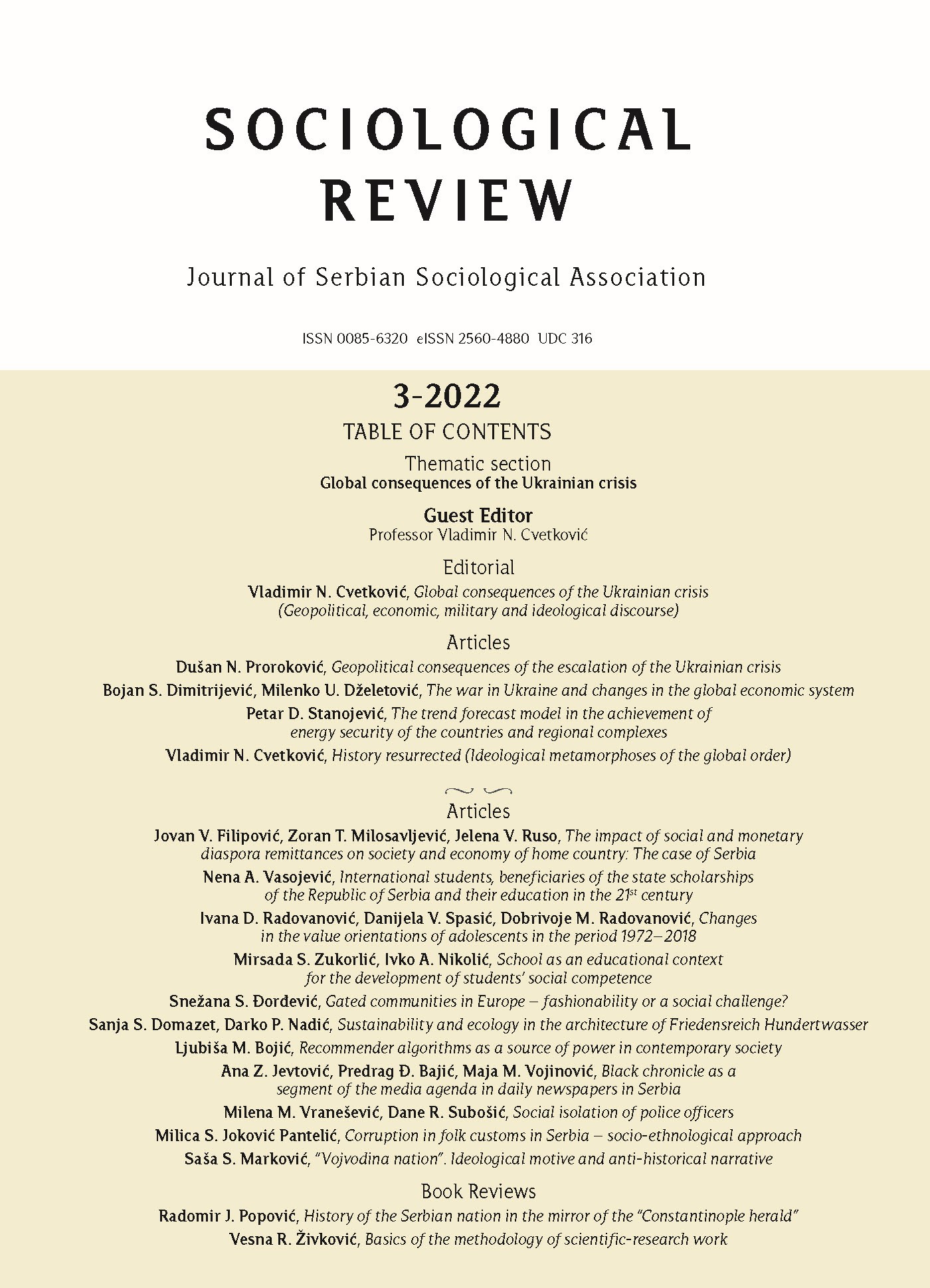Sustainability and ecology in the architecture of Friedensreich Hundertwasser
Sustainability and ecology in the architecture of Friedensreich Hundertwasser
Author(s): Sanja Domazet, Darko P. NadićSubject(s): Social Sciences, Sociology, Sociology of the arts, business, education, Environmental interactions
Published by: Српско социолошко друштво
Keywords: environmental protection;environmental identity;art and ecology;sustainable architecture
Summary/Abstract: Austrian artist Friedensreich Hundertwasser today stands for a veritable example of a man as an accomplished ecological being. The merging of art, architecture, politics, and ecology into one utopian concept oriented towards the future positioned Hundertwasser not only an architectural experimenter but also as a specific visionary of ecological architecture. Throughout his lifetime, Hundertwasser opposed the so-called “mainstream” culture and materialism, which later contributed to his popularity. This popularity is certainly limited just as for those circles of social activists who believed that architecture must possess a “human figure”. He was a man who, through art, knowledge of nature and its processes, created a new chapter in various fields, such as painting and design, all the way to architecture and the fight to preserve nature. This paper deals with the contribution of an unconventional artist to architecture and ecology. The introductory discussion approximates the significance of sustainable architecture, while the first part of the paper presents a brief biographical overview of Hundertwasser’s character and oeuvre, as well as his understanding of life. The second part of the paper focuses on his views of the importance of ecological identity and the place of architecture in it, while the third part of the paper shows examples of the ideas of sustainable construction and their possible implementation in practice.
Journal: Социолошки преглед
- Issue Year: 56/2022
- Issue No: 3
- Page Range: 1003-1031
- Page Count: 29
- Language: English, Serbian

